NOTE: The town of Jasper and surrounding area was devastated by a wildfire in the summer of 2024. Some of the information in this blog post is likely obsolete at this time.
I sometimes wonder if born and raised Western Canadians truly understand the uniqueness of their situation with regards to the national parks system. This is especially true of Albertans and British Columbians living on the door step of the glorious mountain parks known throughout the world. Having grown up in Southern Ontario, national parks were a rather nebulous idea considering the closest were Point Pelee and Thousand Islands, neither of which is big enough to invoke a noticeable mark on most maps. But move to Calgary and you’re suddenly an hour’s drive from arguably the most famous of them all, Banff National Park. It’s like living next door to a celebrity.
And yet, despite such proximity to greatness, it’s all too easy to take this blessing for granted. Nowhere is this truer than when it comes to Jasper National Park, the equally famous northern sibling of Banff. From Calgary, the town of Jasper is a much further drive, pushing past the four hour mark if you’re hauling a trailer. Even from Edmonton it’s a solid three hour drive. What I’m saying is that Jasper takes more effort to visit which explains, though hardly justifies, my being in Jasper only twice in my lifetime; once driving through on a whirlwind tour of BC based family twenty-five years ago, and once just this past summer camping with my wife and kids. What a fool I’ve been.
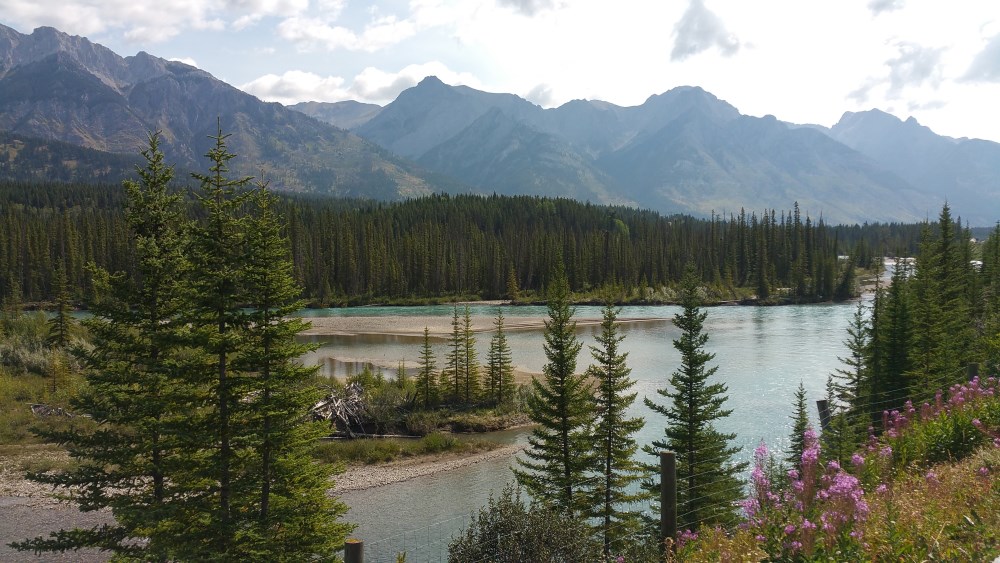
Jasper National Park is well worth the effort to visit if for only one reason and that is the drive there. And by that I specifically mean Icefields Parkway. I don’t care where you live in geographical relation to Jasper you absolutely must drive Icefields Parkway. Highway 93, better known as Icefields Parkway, runs from Lake Louise in the south to Jasper town site in the north and it very well could be the most beautiful highway on the planet for sheer beauty of scenery. It’s actually a hazard to drive if you’re the unlucky rube stuck behind the wheel and forced to keep your attention focused on only the splendor immediately ahead of you. For your passengers, though, the experience will be near rapture. At no point in their lives will they be more desiring of a glass domed automobile.
The highway is also dangerous because tourists are often stupid and think pictures with bears or elk are reasonable things to acquire on a trip. Thus you will inevitably encounter traffic snags along the two lane highway as vehicles pull over on the narrow shoulders and wander across to view wildlife grazing in the ditches or along the forest edges. With large RVs and tour buses using this road regularly during summer months, the flow of traffic through these impromptu jams can be a bit tricky and will add to your travel time.

Driving to Jasper National Park from the south as we did, you’ll pass, or better yet stop at, Columbia Ice Fields to view the alpine glaciers, Athabasca being the most famous. There is an interpretive centre here along with balloon-wheeled bus tours that take you right up and onto the glacier. For those with more time, less money, or keen on fitness, you can always make your way to the glacier on foot. We were short on time, money, and fitness so we decided to just take a few minutes to stretch and drink up the views from the parking lot.
Still an impressive vista, you can’t help but notice that this entire tourist complex was created at a time when the Athabasca glacier was essentially a roadside attraction. It currently recedes at approximately five meters per year and has retreated one and a half kilometers over the past century making it a bigger chore to actually set foot on the glacier than it would have been only half a century ago. It’s a good way to see firsthand the effects of our changing climate and you’ll be left wondering what it must have looked like when the glacier was but a baseball toss away from the highway.

Columbia Icefields is home to the origins of two major Canadian rivers, the North Saskatchewan which, ironically, flows south from the glaciers before heading east through Edmonton and eventually into Hudson Bay, and the Athabasca River which flows north from the glaciers through Jasper before it too heads east and northward through Fort McMurray and ultimately feeding into the Mackenzie river system emptying into the Arctic Ocean. This may not impress you, but as a geologist I found it pretty amazing to witness the small streams that quickly grow into two of the most historically significant rivers in the country.
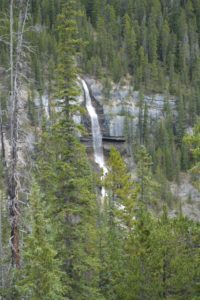 Many more striking sights await as you continue north through the park. Again, we were on a tight schedule so didn’t stop at many this trip. You could literally spend days just driving up and down the parkway taking in the various lookout points and small hikes. One place we did stop for another stretch of our legs was at Bridal Veil Falls, an elegant flow of water seen in the distance from a rough pullover spot as the highway climbs up the side of a mountain. There is a trail that takes you close up to the falls but we simply observed it from the rest area.
Many more striking sights await as you continue north through the park. Again, we were on a tight schedule so didn’t stop at many this trip. You could literally spend days just driving up and down the parkway taking in the various lookout points and small hikes. One place we did stop for another stretch of our legs was at Bridal Veil Falls, an elegant flow of water seen in the distance from a rough pullover spot as the highway climbs up the side of a mountain. There is a trail that takes you close up to the falls but we simply observed it from the rest area.
Further along we passed the access point to Athabasca Falls, a dramatic waterfall on the Athabasca River created by a drop over the Cambrian aged Gog Group. This is five hundred million year old rock, deposited when complex life was first exploding across the planet, and you can still see the clastic structures in the rock. Deeply eroded but easily decipherable herringbone bedding and crossbedding allude to the once marine environment in which these sands were deposited. We did not stop here on our drive up, preferring to make a return trip during out stay in Jasper so that we could fully experience this popular destination. I am so glad we did because a short, fifteen minute stretch of the legs wouldn’t have done it justice.

Approximately 23km south of Jasper, Athabasca Falls is another masterwork by Mother Nature and reminded me very much of Kakabeka Falls near Thunder Bay, Ontario. It’s also a rather busy tourist spot being an easy walk from the highway and parking lot making it accessible to all ages and mobilities. During peak daytime hours, parking here will require some luck and patience but is well worth your while to visit if you appreciate nature at its rawest.
 An elaborate pathway system takes you to several vantage points above, in front of, and below the falls giving you many angles to absorb the power of the Athabasca River falling over quartzite cliffs and into its small but impressive gorge. The trail to the bottom of the gorge is terrific as it follows an abandoned course of the river giving you an up close view of how water sculptures rock. The path is built up with steps and most people can accommodate the elevation change with relative ease though wheelchair access will be impossible.
An elaborate pathway system takes you to several vantage points above, in front of, and below the falls giving you many angles to absorb the power of the Athabasca River falling over quartzite cliffs and into its small but impressive gorge. The trail to the bottom of the gorge is terrific as it follows an abandoned course of the river giving you an up close view of how water sculptures rock. The path is built up with steps and most people can accommodate the elevation change with relative ease though wheelchair access will be impossible.
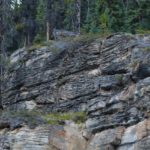 River raft trips launch from the mouth of the gorge and you can watch the brave souls depart depending on the time of day. One day I’ll endeavour to take one of these rafting trips when the kids are a bit older and able to come along for what must be a spectacular float all the way to town. For now, though, we just watched as groups of giddy family and friends headed out into the rushing water on inflatable boats.
River raft trips launch from the mouth of the gorge and you can watch the brave souls depart depending on the time of day. One day I’ll endeavour to take one of these rafting trips when the kids are a bit older and able to come along for what must be a spectacular float all the way to town. For now, though, we just watched as groups of giddy family and friends headed out into the rushing water on inflatable boats.
Our trip to Jasper National Park was the beginning of a two week exploration of Northern BC and began with four days of camping. I’m writing up campground reviews that will detail my impressions of these campgrounds so for this installment, I’m instead focusing on our other activities around the park and in town during our stay.
The first thing you’ll notice about the town of Jasper is that it looks and feels much more humble than Banff. Still attractive but without the palpable extravagance that permeates much of Banff, Jasper has a more blue-collar, or middle class, feel to it. You don’t sense you’ll stumble across any celebrities in Jasper like you can in Banff. I found this modesty refreshing.
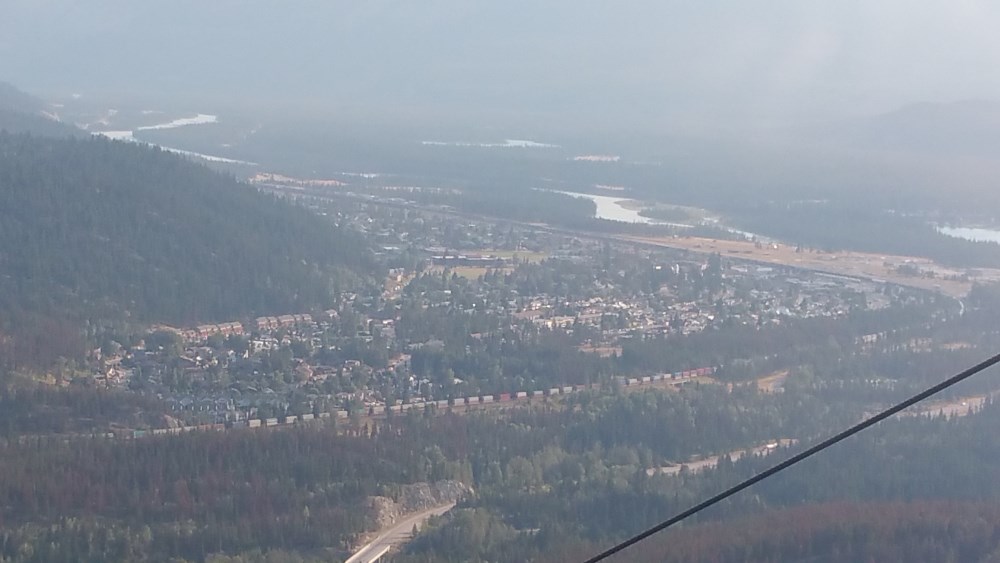
Compare the landmark hotels and this disparity becomes very evident. Banff Springs looms over the town like a glorious, gothic castle in the mountains, never once intimating anything other than elegance and luxury. Jasper Park Lodge, however, is a hidden sprawl of cabins, lodges, chalets, and service buildings built alongside a lake and river outside of town. Both are renowned for their upscale accommodations but you’d only guess that from looking at the former.
Having never been to Jasper Park Lodge, I was shocked to discover what it really was, expecting another Banff Springs or Chateau Lake Louise type hotel. We did not stay at Jasper Park Lodge or even get a look inside, but just a quick drive around the complex had me curious to stay there sometime.
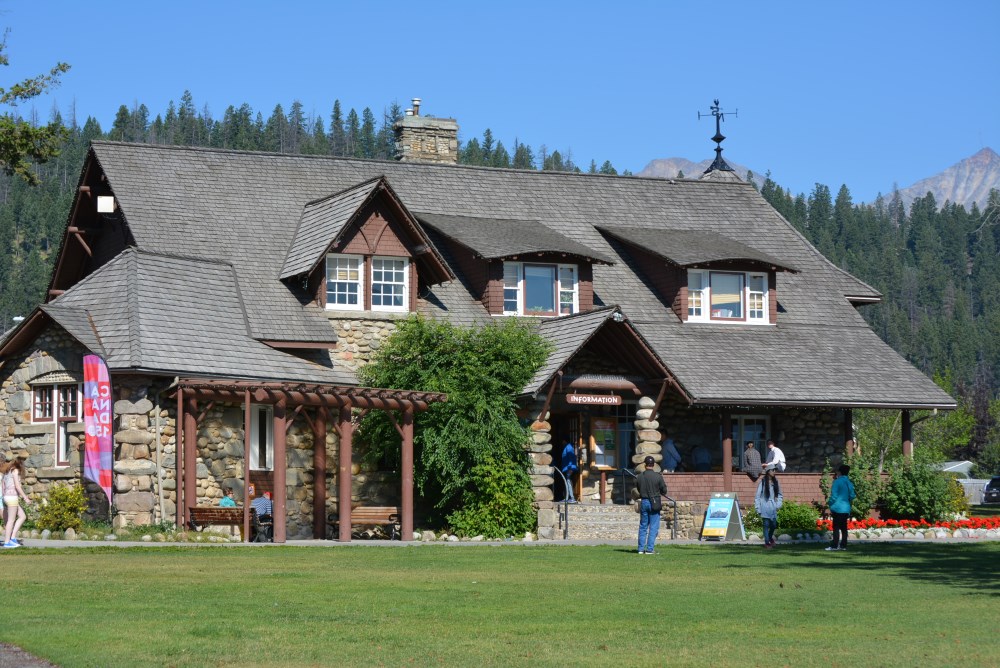
Despite this ordinary appearance, Jasper is still a tourist town with all the trappings that entails. The main street is lined with retail shops selling overpriced trinkets and keepsakes. There is also the expected suite of restaurants, cafes, and specialty stores where you can get everything from an ice cream treat to a gourmet dinner. And a variety of hotels dot the core of town for those not interested in camping or spending a month’s rent on a room at the lodge.
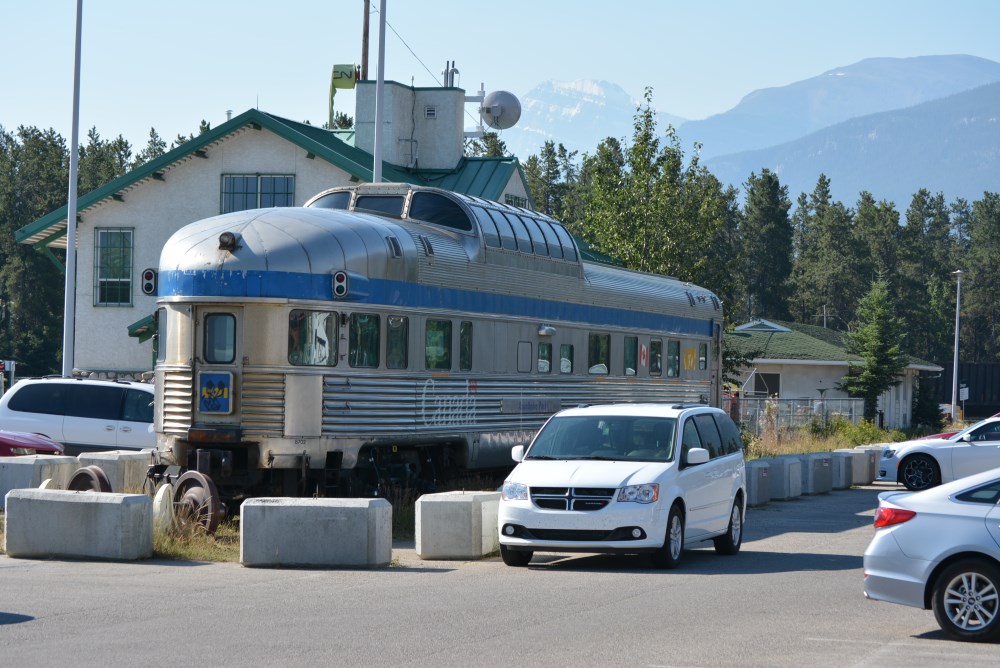
Jasper is also a working town, being a lynchpin on the Canadian National Railway network. There is a train station and work yard right in town which adds to that working-class persona. Via Rail, Canada’s woeful passenger train service, uses this line and at that the passenger station has a few vintage train cars and an old steam engine on display. Kids love looking at old trains, and as you walk around them and see the modern Via trains loading up you’ll begin yearning for what must be a sensational ride through the Rocky Mountains to the Pacific.

We didn’t spend a great amount of time in town, other than to purchase fuel and food, preferring instead to enjoy nature with a little less human influence. That is, after all, why people flood these magnificent parks every summer. East of town, and just north of Jasper Park Lodge, is a series of 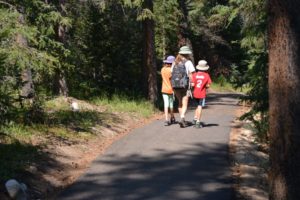 lakes with hiking trails, beaches, and a playground. These are a wonderful spot for an easy hike, a day picnic or a calm paddle or swim. We walked around Lake Annette, a beautiful, blue, kettle lake with a lovely paved trail surrounding it. There are several lookout spots with information posted about the
lakes with hiking trails, beaches, and a playground. These are a wonderful spot for an easy hike, a day picnic or a calm paddle or swim. We walked around Lake Annette, a beautiful, blue, kettle lake with a lovely paved trail surrounding it. There are several lookout spots with information posted about the 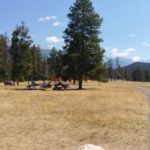 surrounding mountains along with benches to sit upon and take it all in. There are many parking spots around the lakes giving multiple access options and trails both short and long vein the entire area. This is a gem for those looking to get out into nature but without the ability or desire to hit the mountain trails.
surrounding mountains along with benches to sit upon and take it all in. There are many parking spots around the lakes giving multiple access options and trails both short and long vein the entire area. This is a gem for those looking to get out into nature but without the ability or desire to hit the mountain trails.
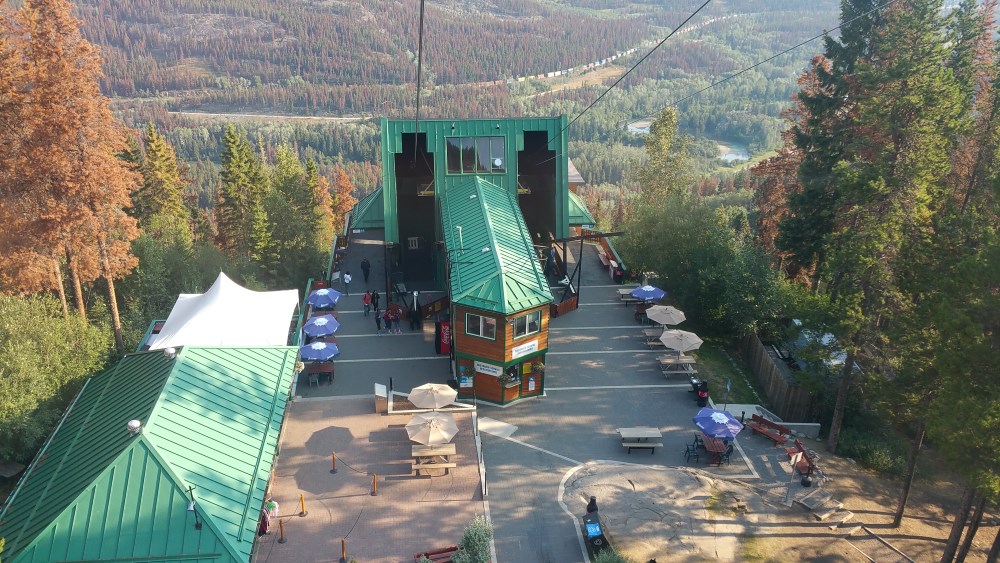
We afforded ourselves one touristy adventure while in Jasper, and that was a trip up the Jasper Skytram. Just west of Whistlers campground south of town, a family of four pays $118 to take a seven minute tram ride up Whistlers Mountain. The tram disembarks in the Alpine zone, above the tree line. Here you will find a well-established, rocky trail system to hike up to Whistlers False Peak where the famous Parks Canada red Adirondack chairs reside. You can then continue onwards to the true peak of the mountain. In total the hike is a bit less than 2km. It’s not an easy hike since you will be gaining elevation substantially in some parts and are already high up into thinner air. There are plenty of makeshift rest areas along the way and you’ll use them all unless you are exceptionally fit. That said, I made it relatively free of distress, and I have lung issues, so it is doable by most people I would think.
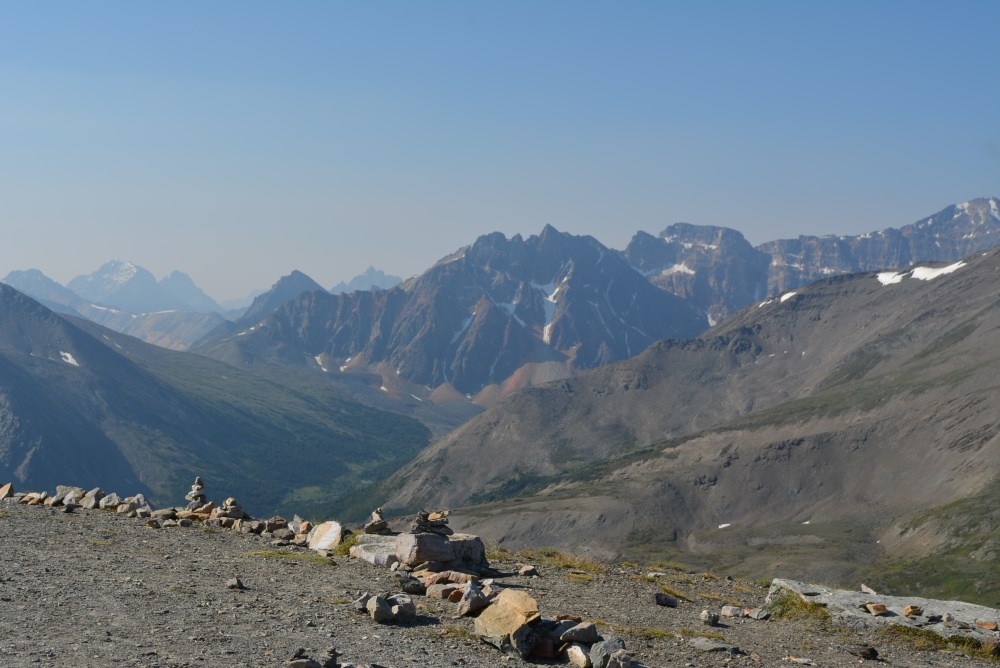
The views from atop the mountain are incredible and quickly justify the expense of getting there. You can see all of Jasper, and great stretches of the Athabasca River valley plus the Yellowhead highway heading northwest towards BC. We were lucky enough to see Mt. Robson, the highest peak in the Canadian Rockies, an apparently rare event. It wasn’t a crisp, clear view due to the fires in BC, so the photos aren’t special, but it was fascinating to see a renowned peak nearly 100km distant.
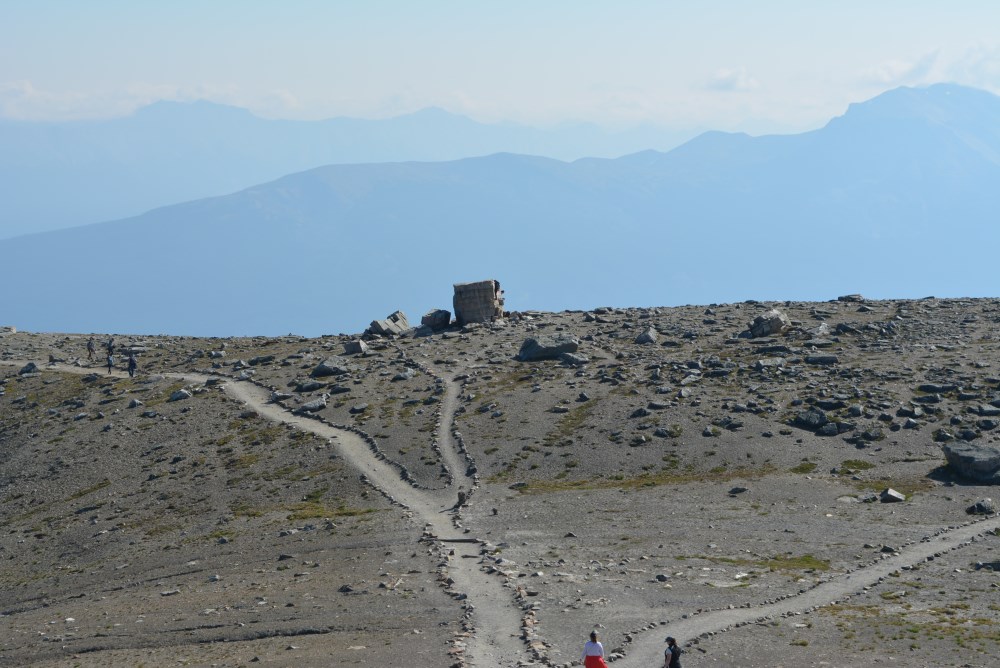
Critters were aplenty the day we went up. We saw lots of ground squirrels, ptarmigans, a marmot, and a couple picas. This was far more wildlife than we’ve seen anywhere in the valleys! And the pretty wildflowers were a delightful contrast to the hard, brown rock surrounding us. Just a fantastic way to spend a couple hours exploring an environment typically out of reach.
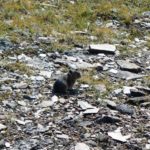
Unfortunately, there is always a downside to even the best of experiences and Jasper was no exception. One obvious blemish became increasingly evident during our stay in Jasper National Park and that is the enormous impact the mountain pine beetle has had on the forests of Jasper. Everywhere we looked, the swaths of red, dying pine trees were visible like 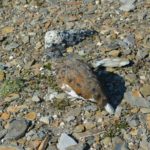 unsightly blotches of rust on an otherwise unblemished luxury car. You can’t help but take pause when the reality finally sinks in that you are seeing millions of trees that have died due to this unassuming little bug. I can’t imagine the beauty that Jasper presented when green was all around. Not so ironically, some of the worst forest fires in history were burning up British Columbia just to our west, and having seen the endless stands of deadwood in Jasper it was easy to comprehend why.
unsightly blotches of rust on an otherwise unblemished luxury car. You can’t help but take pause when the reality finally sinks in that you are seeing millions of trees that have died due to this unassuming little bug. I can’t imagine the beauty that Jasper presented when green was all around. Not so ironically, some of the worst forest fires in history were burning up British Columbia just to our west, and having seen the endless stands of deadwood in Jasper it was easy to comprehend why.
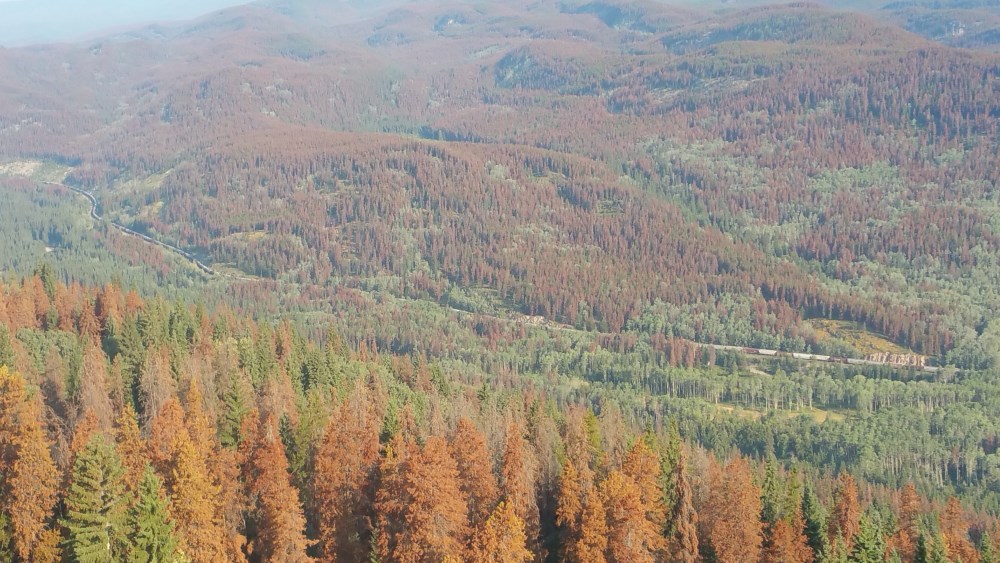
Would I go back to Jasper? In a heartbeat! It truly is an incredible park, worthy of all the praise and prestige. I easily give it a full 5 Baby Dill Pickles out of 5. I’m actually ashamed that I’ve lived so relatively close to this park and this was my first legitimate visit. There is so much to explore and enjoy and most of it comes without the haughtiness I associate with Banff. The beauty will hit your soul, especially that Icefields Parkway drive. But you’ll also take pause when you see the effects of humanity on the planet. The waning glaciers and dying forests are hard to ignore unless you’re desperate to remain blind.


this article is very useful, thank you for making a good article
You’re welcome. Thanks for reading my blog.